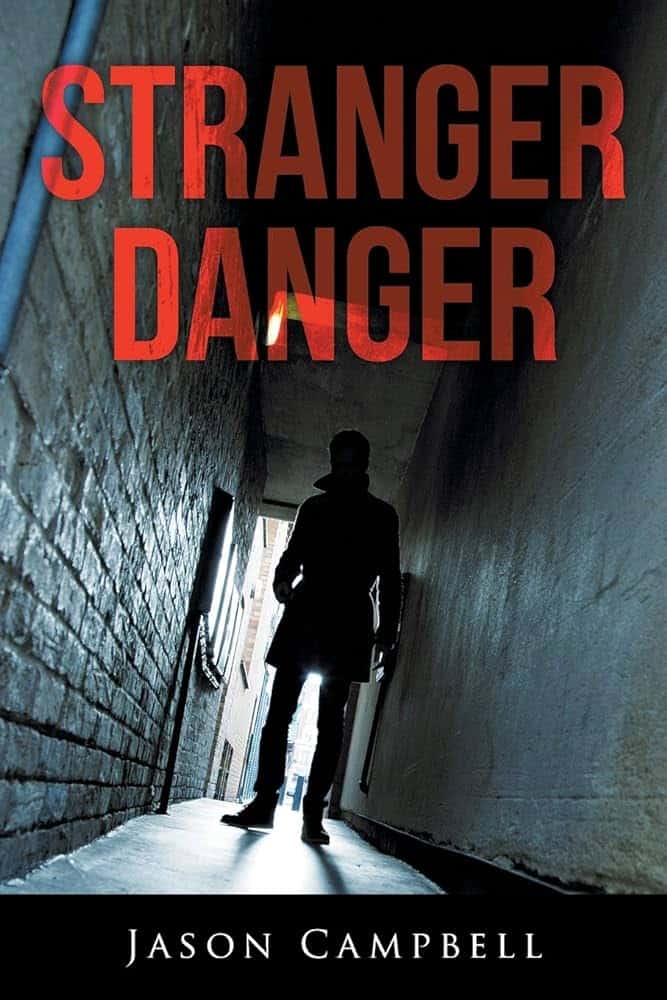Understanding “Stranger Danger”: A Comprehensive Guide for Parents
Why Stranger Danger Matters
In an ideal world, every stranger would be a friend we’ve just not met yet. But in reality, it’s crucial to teach our kids to navigate social interactions with caution. Let’s take a proactive approach to equip them with the knowledge and skills they need to stay safe. By instilling the right habits early on, we give our children an invaluable gift—the power to protect themselves when we’re not around.
Starting the Conversation
Discussing stranger danger need not be a frightening conversation that scares your child. Instead, start with age-appropriate discussions that promote awareness without instilling fear. Use simple language and scenarios they can relate to, ensuring the conversation is both informative and reassuring.
Stranger Danger Tips for Toddlers and Preschoolers
At this tender age, children are naturally trusting. It’s never too early to introduce basic principles about personal safety. Use interactive games, stories, and role-playing to make the learning process engaging. Phrases like “Don’t talk to strangers” are a starting point, but let’s go a step further. Teach them to recognize safe adults, such as uniformed officers or teachers, and what to do if they ever feel uncomfortable.
Enhancing Safety for School-Aged Children
As kids grow and gain more independence, your stranger danger conversations should evolve. It’s now time to impart practical knowledge—like memorizing phone numbers, understanding safe and unsafe situations, and creating a ‘code word’ for family members. Always remind them the importance of never going anywhere with a stranger, no matter what the stranger says.
Strategies to Implement at Home
We don’t just want to talk the talk; we want to walk the walk, right? Implementing safety strategies at home is a proactive way to reinforce safe behaviors. Establish clear family rules for answering the door or the phone, create a check-in system for when they’re out playing, and work on building your child’s confidence to say “no” when something doesn’t feel right.
Teaching the Right Approach to Stranger Interactions
It’s crucial to balance awareness of stranger danger with the understanding that not all strangers are bad. Help your children develop the judgment to discern when asking for help is appropriate, for instance, when they’re lost or in danger. Encourage them to look for other moms or families if they need assistance.
The Importance of Open Communication
One of the most powerful tools you have is open communication. Let your children know they can talk to you about anything that makes them feel uneasy, no matter how small it seems. Praise them when they come to you with concerns—it reinforces that they’ve done the right thing and encourages them to continue sharing in the future.
Conclusion and Next Steps
As we wrap up the introduction to our guide on stranger danger, remember that your role as a parent is irreplaceable. Stay tuned as we delve deeper into each of these topics, offering more tips, action plans, and the reassuring support you need to effectively teach your children about personal safety. Together, we can create a safer environment for our precious little ones to grow and explore.

Understanding Stranger Danger: A Comprehensive Guide for Parents
Why Familiarizing with Stranger Danger is Essential
Indeed, if every unknown person was a hidden gem of a friend, what joy that would be! Yet reality calls for a more measured approach to protect the innocence of our children. Crafting an arsenal equipped with wisdom and discernment to navigate the myriad of social moments is indeed a monumental offering to the safety of our little ones.
Initiating the Stranger Danger Dialogue
Contrary to the ominous overtone ‘stranger danger’ might suggest, dialogues on this topic can be light yet impactful. Begin with conversations that fit their young minds, tailored to communicate awareness rather than unnecessary dread. Set the stage with relatable scenarios and assure them that your guidance is a form of your enduring love.
Empowering Toddlers and Preschoolers with Knowledge
This adorable stage is where trust is pure and unblemished—what a critical period to sow seeds of safety! Engage with fun-filled yet educational activities such as games and storytelling, enriching their minds beyond the classic ‘never talk to strangers’ mantra. Help them recognize trustworthy figures and the nuances of trusting their instincts.
Augmenting the Armour of School-Aged Explorers
As our explorers start venturing further from the nest, so too should our lessons grow in depth and detail. Share the importance of memorizing key information, understanding safety indicators, and solidify a family-specific ‘code word.’ Consistently reinforce that no stranger’s promise should lure them from safety’s sanctuary.
Home–A Haven of Safety Practices
Bringing conversations to life through tangible actions solidifies these vital lessons. Set family protocols for mundane tasks like responding to door knocks or phone calls. Create systems for regular updates when they’re out adventuring. Strengthen their emotional muscles to stand firm with a heartfelt ‘no’ in doubtful situations.
Balanced Approaches to Stranger Engagements
It’s imperative to present a well-rounded view that acknowledges, while some strangers may pose danger, others may hold the key to help in times of need. Instil the acumen in them to identify when it is time to seek assistance and the ideal figures to approach, like fellow moms or friendly families.
Championing Open Communication
Openness is the thread that weaves trust and security within your family fabric. Assure your offspring that no topic is too trivial for your ears and that their feelings are always valid. Celebrating their courage to voice their discomfort galvanizes their confidence to do so consistently.
Five Key Things Every Parent Should Know About Preparing for Stranger Danger
- Regular Rehearsals: Practicing safety drills and what-if scenarios doesn’t just prepare your child for emergencies—it also builds their confidence.
- Community Networking: Engaging with your local community, such as neighbors and school personnel, creates a safety net for your child.
- Visual Cues: Teach children to recognize name tags, uniforms, and other visual identifiers of trustworthy individuals.
- Technology as a Tool: Make use of safety apps, location sharing, and other modern technologies to keep tabs on your little one discreetly.
- Instinct over Etiquette: Empower children to value their intuition over manners—if something feels off, it’s okay to walk away, regardless of politeness.
Wrapping Up and Advancing Forward
Our exploration into the realms of stranger danger only begins here. Remain steadfast as we delve deeper into each facet, providing an array of tips, actionable directives, and the unwavering support required to elevate the personal security of your children efficaciously. In solidarity, let us foster a world where our little champions can blossom in security and mirth.
See more great Things to Do with Kids in New Zealand here. For more information see here
Disclaimer
The articles available via our website provide general information only and we strongly urge readers to exercise caution and conduct their own thorough research and fact-checking. The information presented should not be taken as absolute truth, and, to the maximum extent permitted by law, we will not be held liable for any inaccuracies or errors in the content. It is essential for individuals to independently verify and validate the information before making any decisions or taking any actions based on the articles.




